In the UK we are lucky to have a few national collections of the Redwood species.
A national plant collection is a carefully curated and documented assemblage of plants that is maintained by individuals, organisations, or other institutions in the United Kingdom. These collections serve various purposes, including conservation, research, and public education.
National plant collections are curated with great care and attention. This means that the plants within the collection are not only grown but also documented, catalogued, and meticulously cared for. The goal is to maintain the genetic diversity of specific plant groups, such as a particular species or genus.
One primary purpose of national plant collections is to conserve and protect plant species and varieties that may be rare, endangered, or of special horticultural value. By growing and maintaining these plants, the collections help safeguard their genetic diversity for future generations.
National plant collections are valuable resources for scientific research. Botanists, horticulturists, and researchers can study the plants in these collections to better understand their biology, ecology, and genetics. This research can contribute to conservation efforts and advancements in plant science.
Many national plant collections are open to the public, allowing people to learn about different plant species and their importance. These collections often host educational programs, tours, and exhibitions, making them valuable tools for public education and engagement.
Every plant in a national collection is typically documented and catalogued. This includes information about the plant’s origin, growth conditions, and any unique characteristics. This documentation is essential for maintaining the collection and sharing knowledge about the plants with others.
There are two national collections of Metasequoia glyptostroboides in the UK.
Sir Harold Hillier Gardens, formally known as the Hillier Gardens or simply Hillier Gardens, is a renowned botanical garden located in Hampshire, England.
Sir Harold Hillier Gardens are celebrated for their botanical richness, dedication to plant conservation, and their role in educating the public about the diverse world of plants. They are a significant horticultural attraction in the United Kingdom, drawing visitors from near and far to experience the beauty and diversity of the plant kingdom.

The gardens are named after Sir Harold Hillier, a prominent British horticulturist and plantsman. Sir Harold Hillier was known for his contributions to horticulture and plant collecting.
The garden was founded in 1953 when Sir Harold Hillier donated his extensive plant collection to Hampshire County Council. The collection included a wide variety of trees, shrubs, and plants from around the world.
RHS Garden Wisley was established in 1903 when Sir Thomas Hanbury, a wealthy businessman and philanthropist, purchased the site and donated it to the RHS.
The garden’s name “Wisley” is derived from the nearby village of Wisley in Surrey, where it is located.
Over the years, Wisley has undergone significant development and expansion, evolving into a world-class horticultural centre.
National Plant Collection → https://www.plantheritage.org.uk/national-plant-collections/search-the-national-plant-collections/collection/1717/metasequoia
Sir Harold Hillier Gardens → https://www.hants.gov.uk/thingstodo/hilliergardens
Wisley holds some of the first species plantings of Metasequoia glyptostroboides in the country with plants grown from seed collected on the 1948 expedition to Szechuan and Hupeh Province, Shui-sa-pa valley. More recently we have planted many modern cultivars which can be seen in the Pinetum demonstrating the diverse range of foliage colours, bark and growing habits.

RHS Garden Wisley, often simply referred to as Wisley, is one of the flagship gardens of the Royal Horticultural Society (RHS) in the United Kingdom. It is renowned as one of the country’s most prestigious and influential horticultural gardens.
National Plant Collection → https://www.plantheritage.org.uk/national-plant-collections/search-the-national-plant-collections/collection/5460/metasequoia
RHS Garden – Wisley → https://www.rhs.org.uk/gardens/wisley
There are currently no official National Collections of Coast Redwoods & Giant Redwoods however Lytham Hall, located in Lytham St Annes, Lancashire has a significant and growing collection of these two species.

Lytham Hall is surrounded by extensive parkland and beautiful gardens. The grounds cover approximately 80 acres and include woodlands, lawns, and formal gardens.
The gardens have been restored and are open to the public. They feature well-maintained pathways, a lake, and a range of mature trees and shrubs.
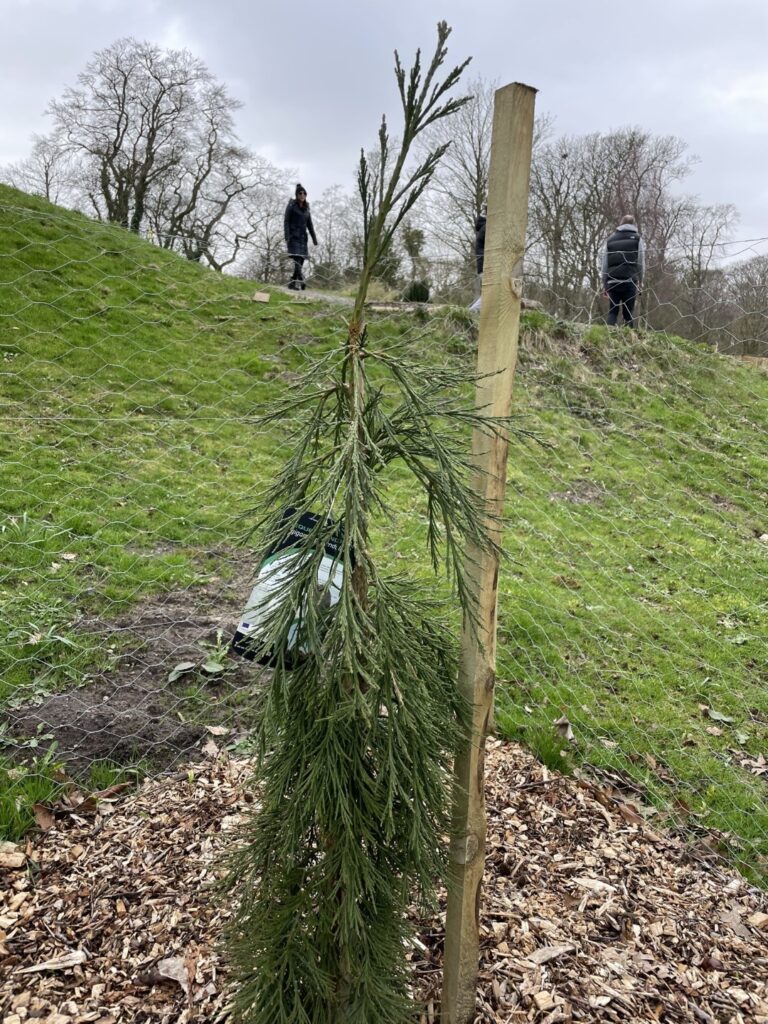
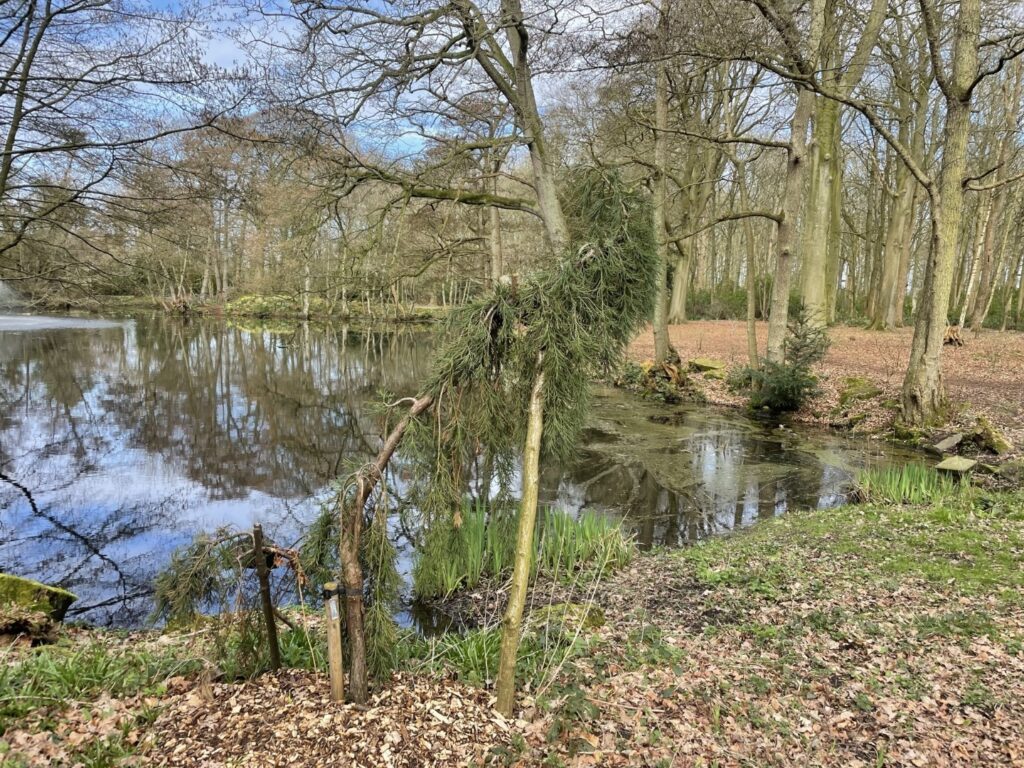
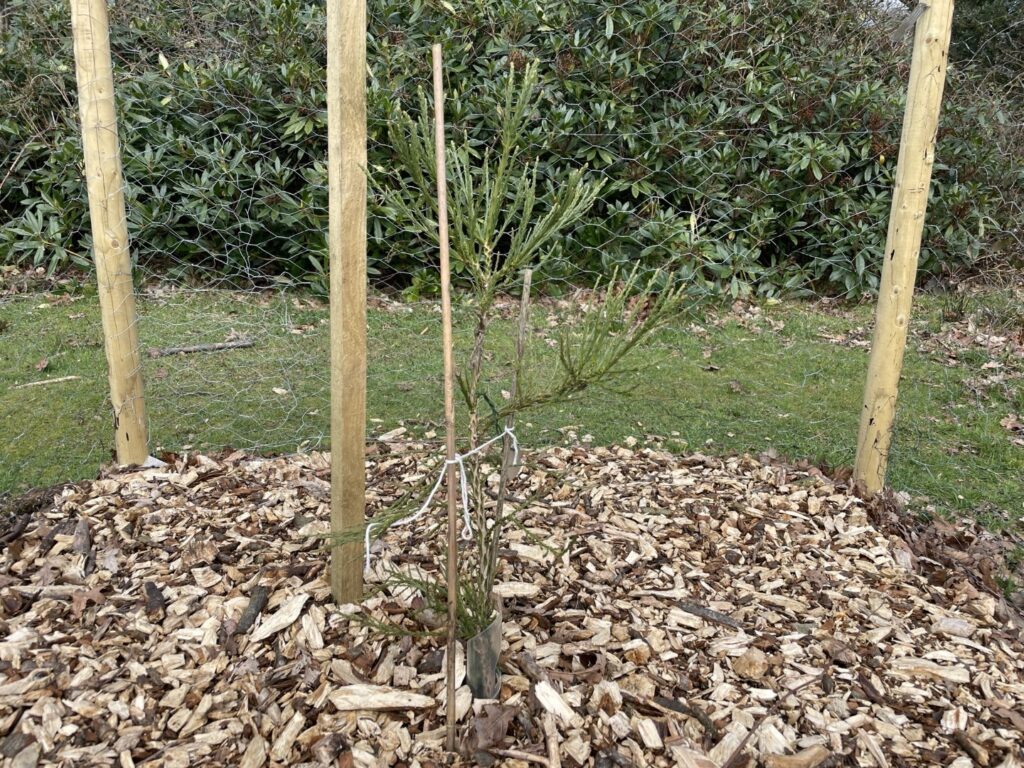
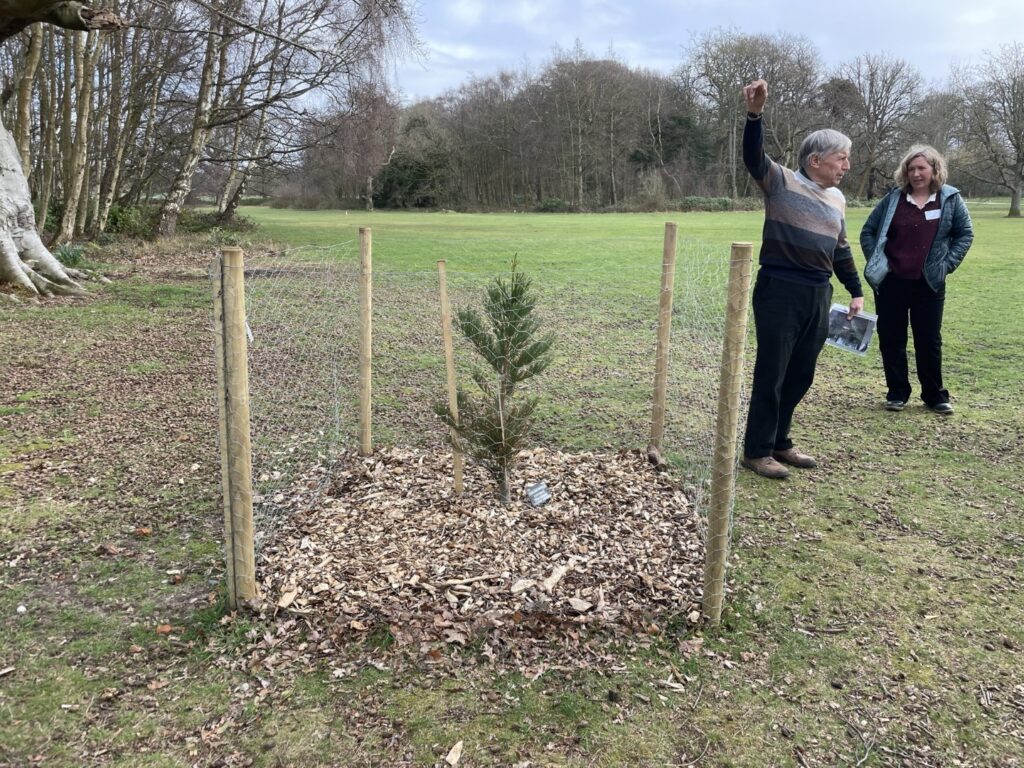
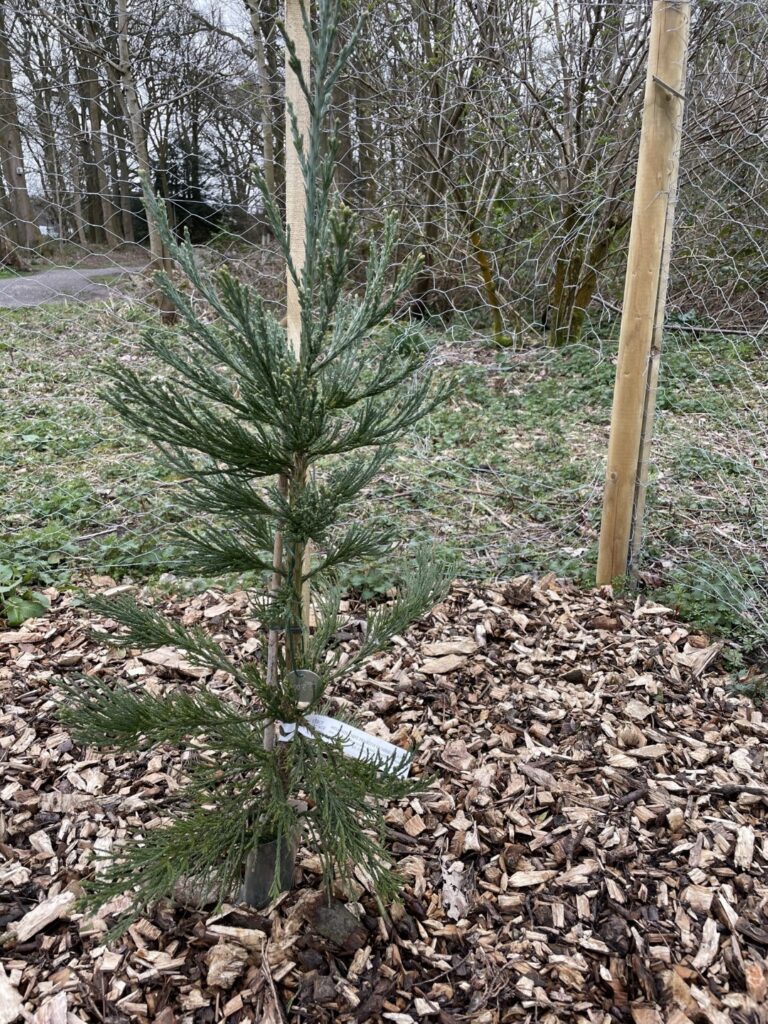
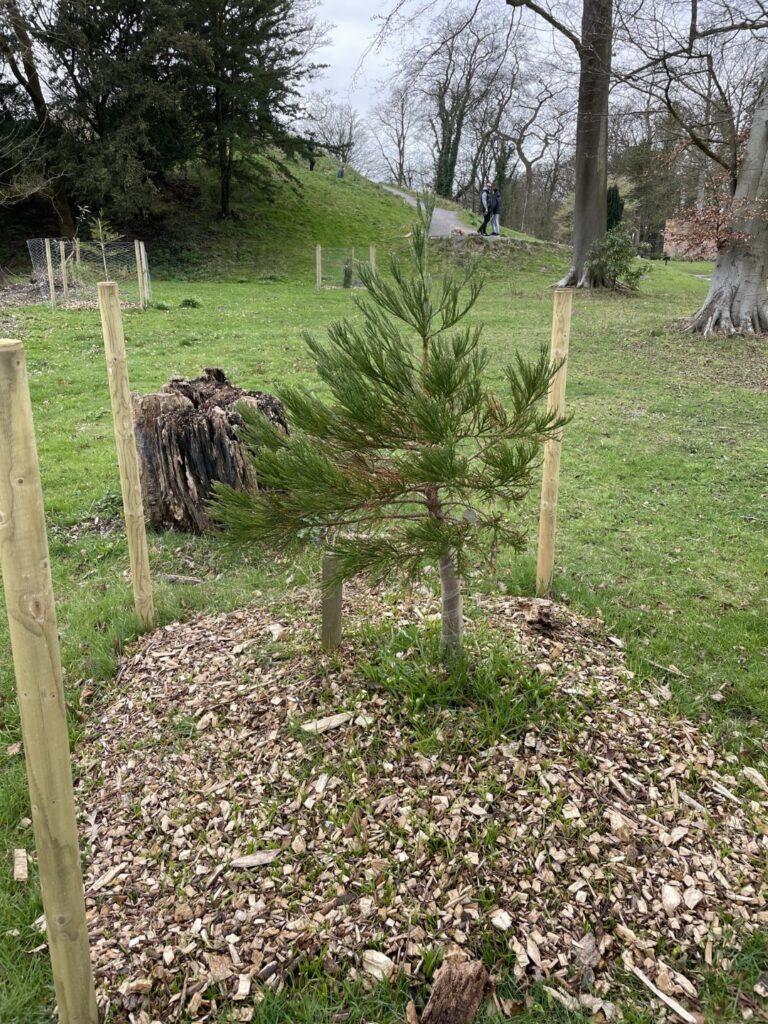
The parkland and gardens provide a peaceful and picturesque setting for visitors to explore and enjoy.
Lytham Hall → https://www.lythamhall.org.uk/